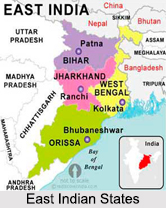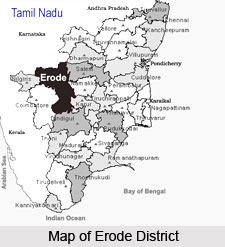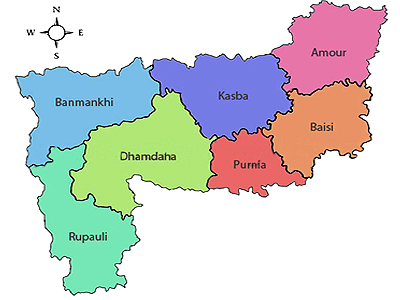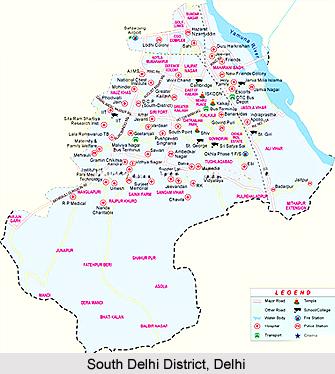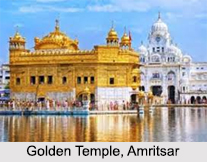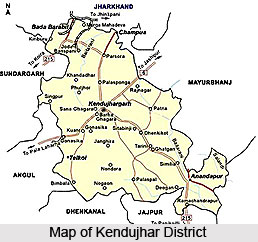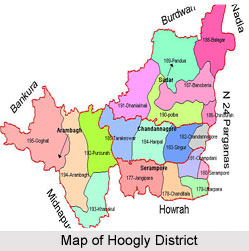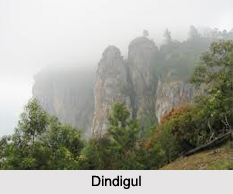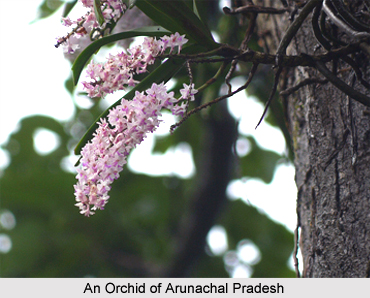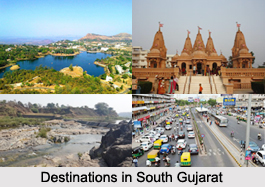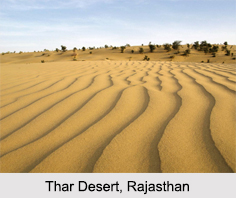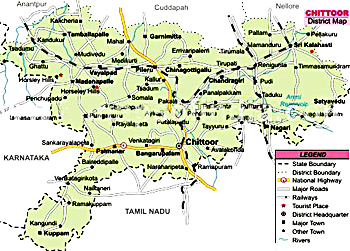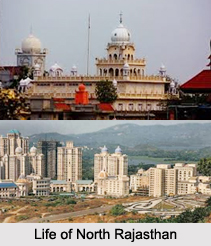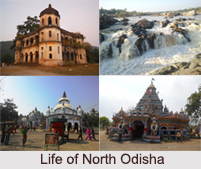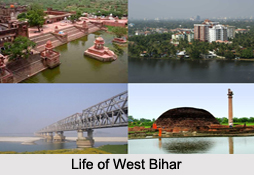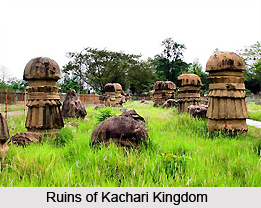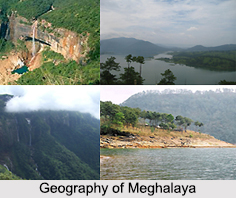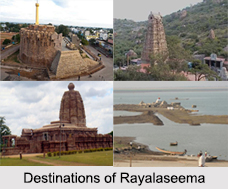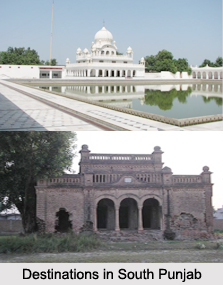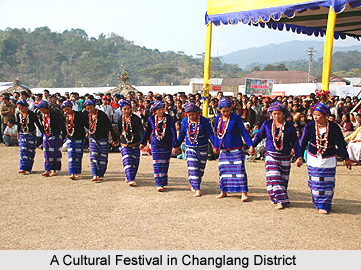 Culture of Changlang District of a particular area is influenced by religious beliefs, customs and traditions. Culture incorporates tribal faith, food habits, economy and their social norms. The culture of Changlang district in Arunachal Pradesh essentially mirrors the Northeastern traditions and beliefs. As far religion in Changlang district is concerned, each tribe has its own traditional religious belief and practices. According to the belief of Tangsa tribes and Tutsa Tribe, the existence of a supreme being called `Rangfrah`. Besides, they also believe in a number of deities and spirits. However, in the recent past, Christianity and Buddhism have influenced these tribes. For instance, the Singhpo Tribe are Buddhist by religion but they have not given up their own traditional beliefs of their ancestors as they had adopted the Buddhism as their religion. A number of festivals are also part of the tribal community.
Culture of Changlang District of a particular area is influenced by religious beliefs, customs and traditions. Culture incorporates tribal faith, food habits, economy and their social norms. The culture of Changlang district in Arunachal Pradesh essentially mirrors the Northeastern traditions and beliefs. As far religion in Changlang district is concerned, each tribe has its own traditional religious belief and practices. According to the belief of Tangsa tribes and Tutsa Tribe, the existence of a supreme being called `Rangfrah`. Besides, they also believe in a number of deities and spirits. However, in the recent past, Christianity and Buddhism have influenced these tribes. For instance, the Singhpo Tribe are Buddhist by religion but they have not given up their own traditional beliefs of their ancestors as they had adopted the Buddhism as their religion. A number of festivals are also part of the tribal community.
The housing pattern of all the tribes and sub-tribes of the Changlang district are similar. Platform (Machang) types of houses are generally preferred. The floors of the houses are elevated about four to five feet high from the ground. The houses are of single room system with two fireplaces (Chullas). They cook and sleep in the same room. However, in modern days some people construct houses keeping separate provision for fire-places and living rooms.
The Tangsas and Singphos have democratic form of social life. They do not have kingship system. All village disputes are settled by the Panchayati Raj or `Gaon Buras.` The tribal community from the Changlang district reside in the rural areas. Their occupation involves farming and allied activities such as government jobs, agricultural labourer, government contract works, casual workers under government departments, trade in local products etc. They also rear domestic animals like cattle, pig, goats and poultry birds. There is no direct interference in preservation of traditional customs. However, with the spread of education and socio-economic development, aged old traditional customs and economic pattern of the inhabitants are changing gradually.
Today, one can see many tribal youths particularly educated group instead of working in agricultural have switched over to business deals, contract works, government jobs and others, which offer them good income. However, majority of the population are living hand to mouth particularly in the interior areas where road communication and other developments have not yet reached. Inspite being touched by the wave of modernism the culture of Changlang district remains rooted in the indigenous norms.
